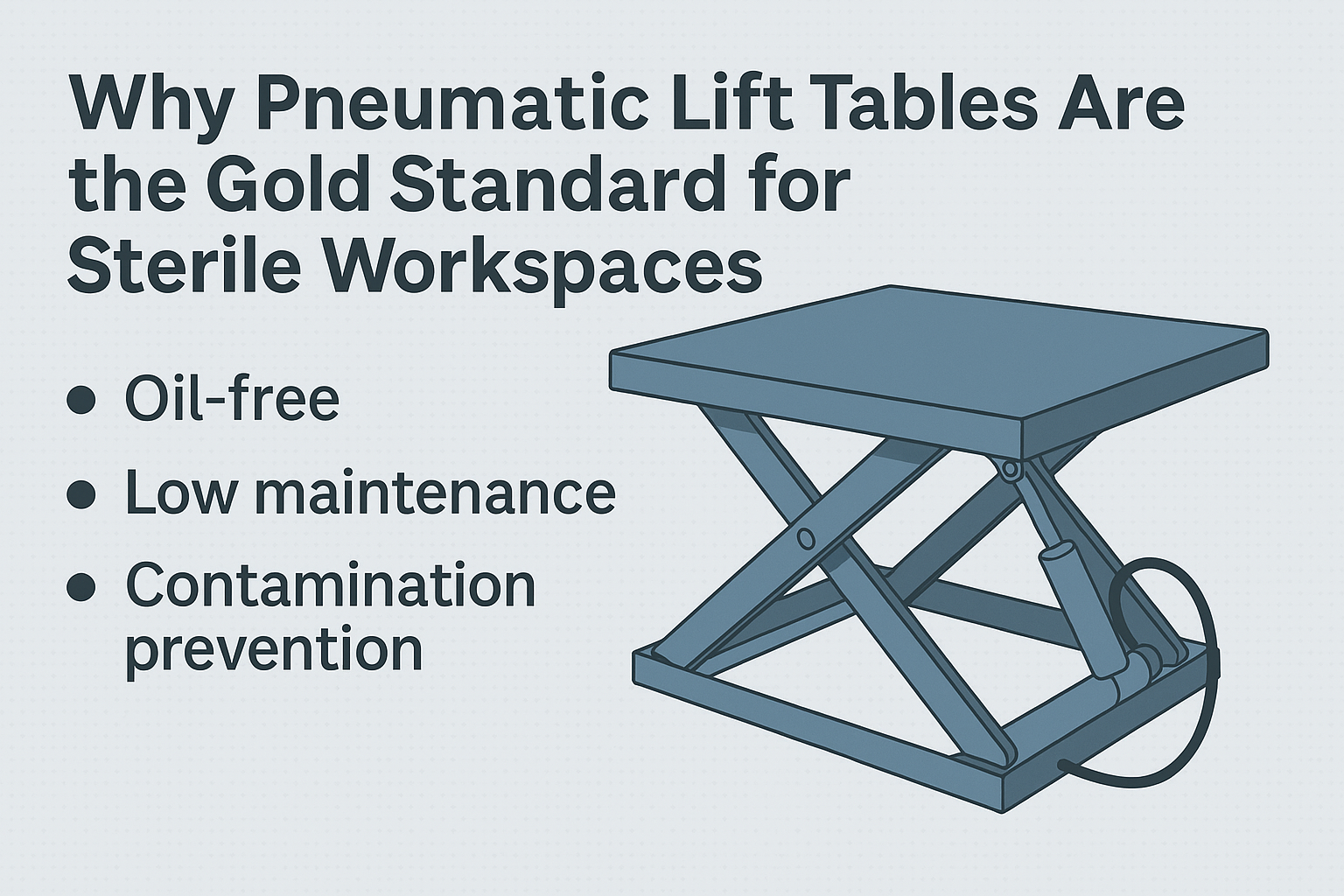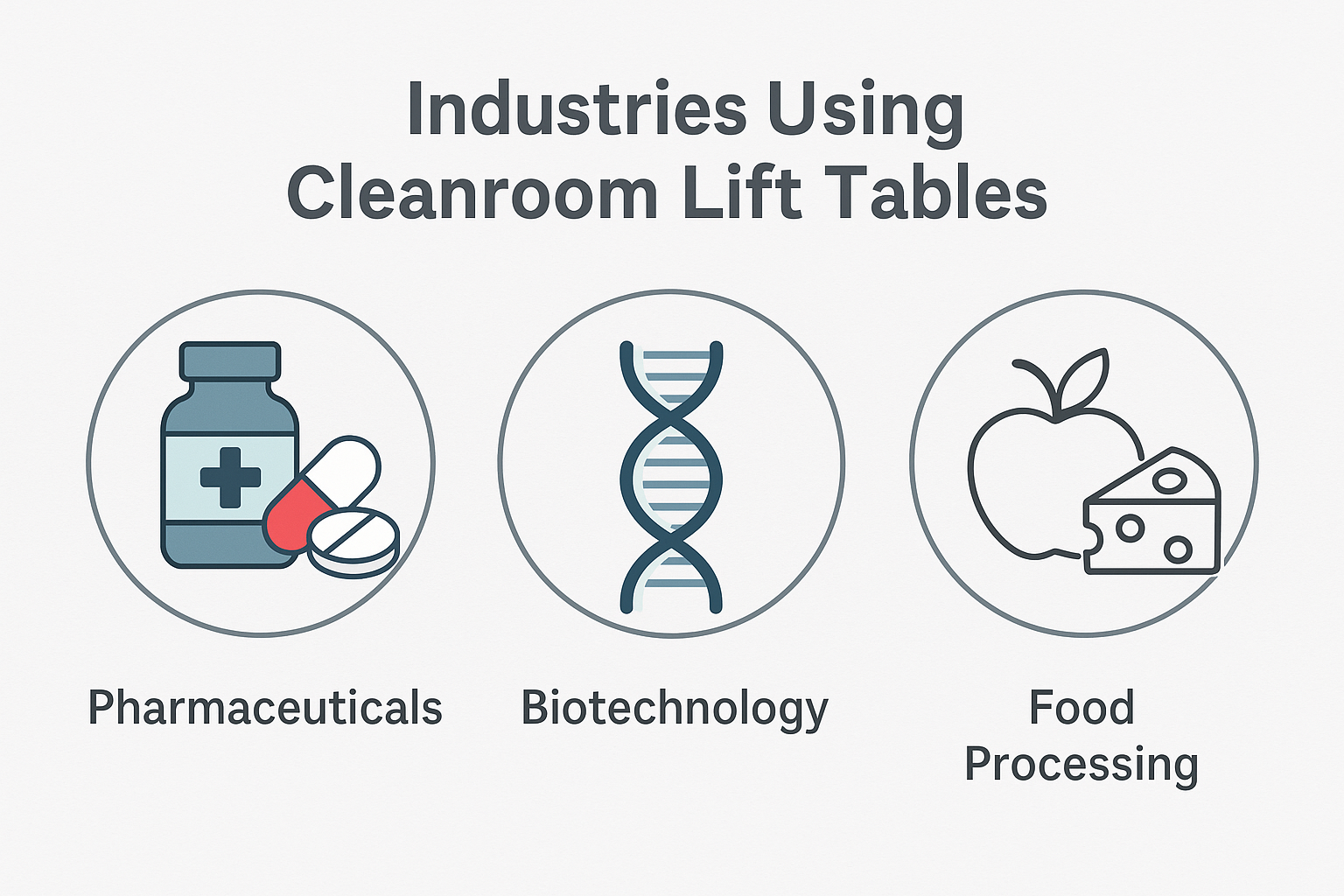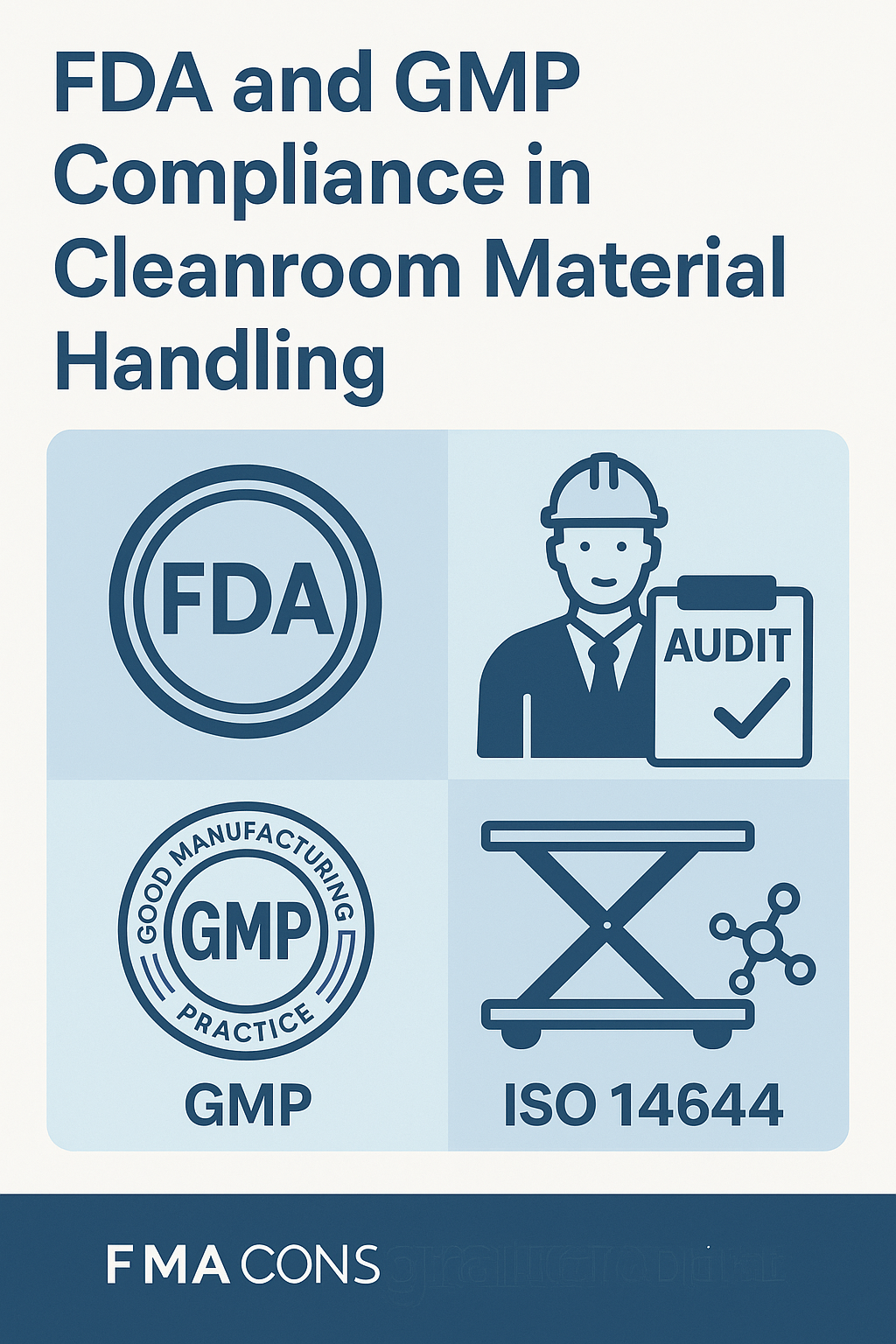
Why Pneumatic Lift Tables Are the Gold Standard for Sterile Workspaces
Explore why pneumatic lift tables outperform hydraulic and electric options in sterile environments. Clean, safe,
Pallet racking systems are essential in warehouses and industrial facilities for efficient storage and organization of goods. However, improper use or maintenance of these systems can lead to accidents and injuries. This comprehensive safety guide will help you understand how to use pallet racking systems safely and effectively.
Pallet racking systems are designed to store large quantities of goods on pallets, maximizing storage space and improving inventory management. These systems come in various configurations, including selective racking, drive-in racking, push-back racking, and pallet flow racking, each with specific applications and benefits.
By following these safety tips and best practices, you can ensure the safe and efficient use of pallet racking systems in your facility. Proper installation, regular inspections, employee training, and the use of safety accessories are key to preventing accidents and maintaining a safe working environment.
For more information on pallet racking systems and safety guidelines, visit Industrial Manlifts. Stay safe and organized!

Explore why pneumatic lift tables outperform hydraulic and electric options in sterile environments. Clean, safe,

From pharma to semiconductors, see how top industries use cleanroom lift tables to maintain compliance,

Understand what makes a lift table truly FDA and GMP compliant. Explore the must-have features,
Copyright 2025 All Rights Reserved – Industrial Man Lifts